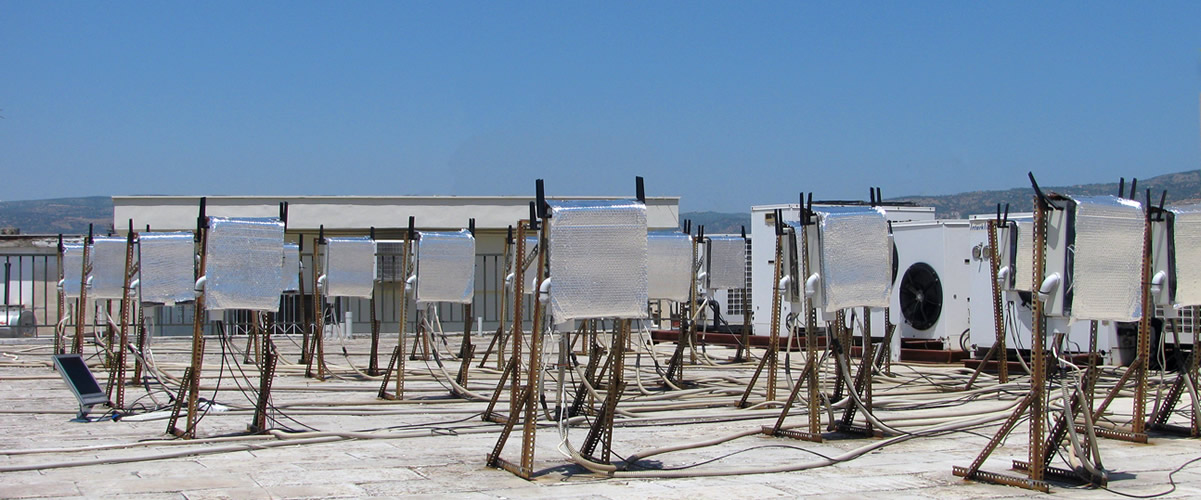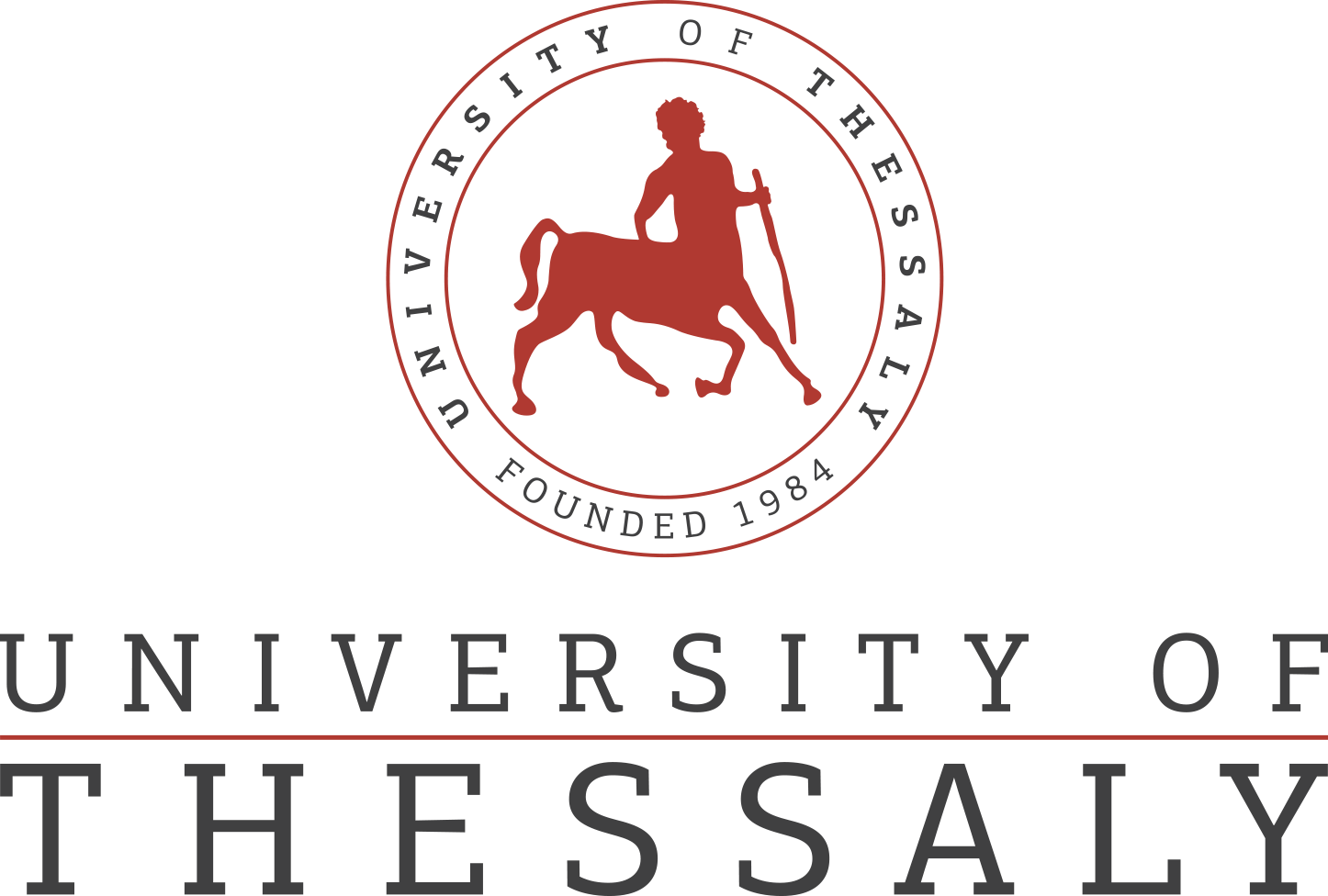Fed4FIRE
A federation of experimentation facilities will significantly accelerate Future Internet research. Fed4FIRE will deliver open and easily accessible facilities to the FIRE experimentation communities, which focus on fixed and wireless infrastructures, services and applications, and combinations thereof. The project will develop a demand-driven common federation framework, based on an open architecture and specification. It will be widely adopted by facilities and promoted internationally. This framework will provide simple, efficient, and cost effective experimental processes built around experimenters’ and facility owners’ requirements. Insight into technical and socio-economic metrics, and how the introduction of new technologies into Future Internet facilities influences them, will be provided by harmonized and comprehensive measurement techniques. Tools and services supporting dynamic federated identities, access control, and SLA management will increase the trustworthiness of the federation and its facilities. A FIRE portal will offer brokering, user access management and measurements. Professional technical staff will offer first-line and second-line support to make the federation simple to use.
The project will use open calls to support innovative experiments from academia and industry and to adapt additional experimentation facilities for compliance with Fed4FIRE specifications. A federation authority will be established to approve facilities and to promote desirable operational policies that simplify federation. A Federation Standardization Task Force will prepare for sustainable standardization beyond the end of the project. The adoption of the Fed4FIRE common federation framework by the FIRE facilities, the widespread usage by both academic and industrial experimenters, and the strong links with other national and international initiatives such as the FI-PPP, will pave the way to sustainability towards Horizon 2020.
Project's website: http://www.fed4fire.eu
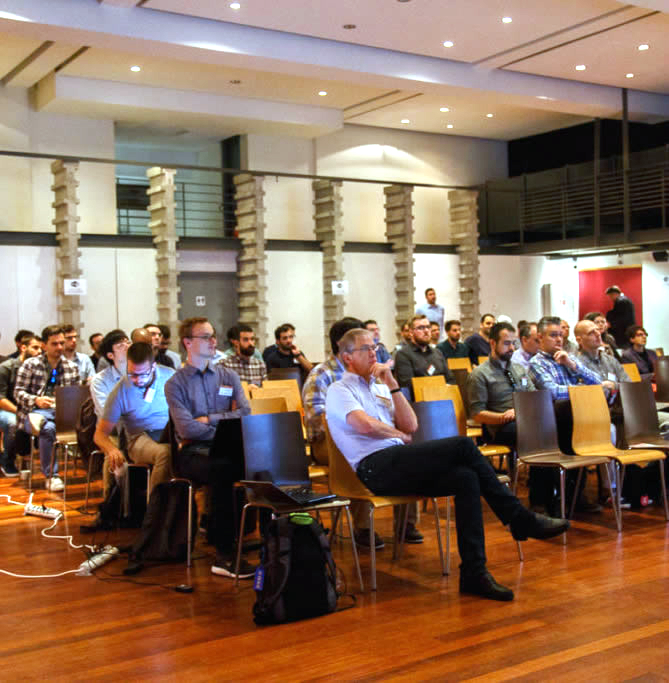
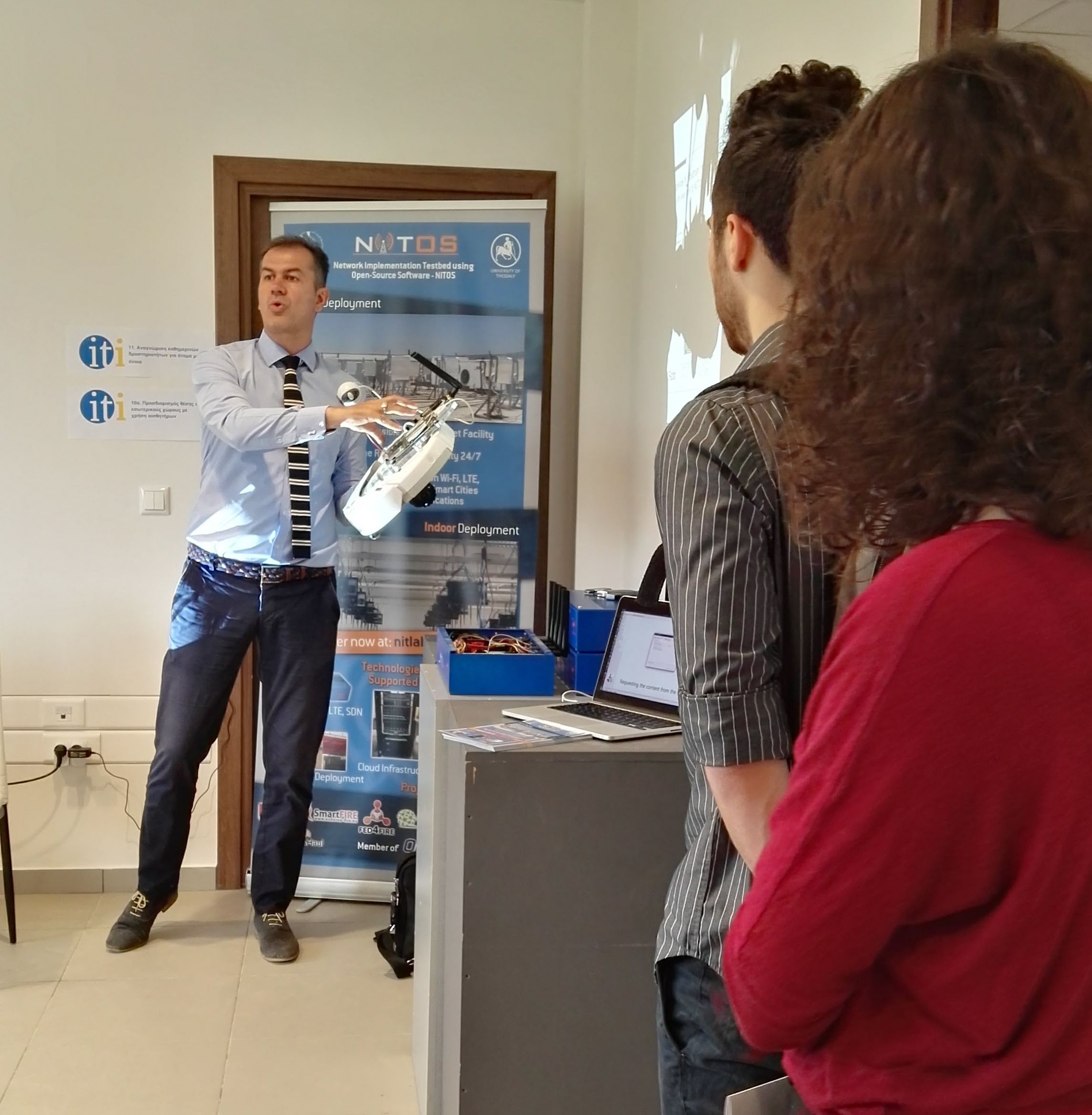
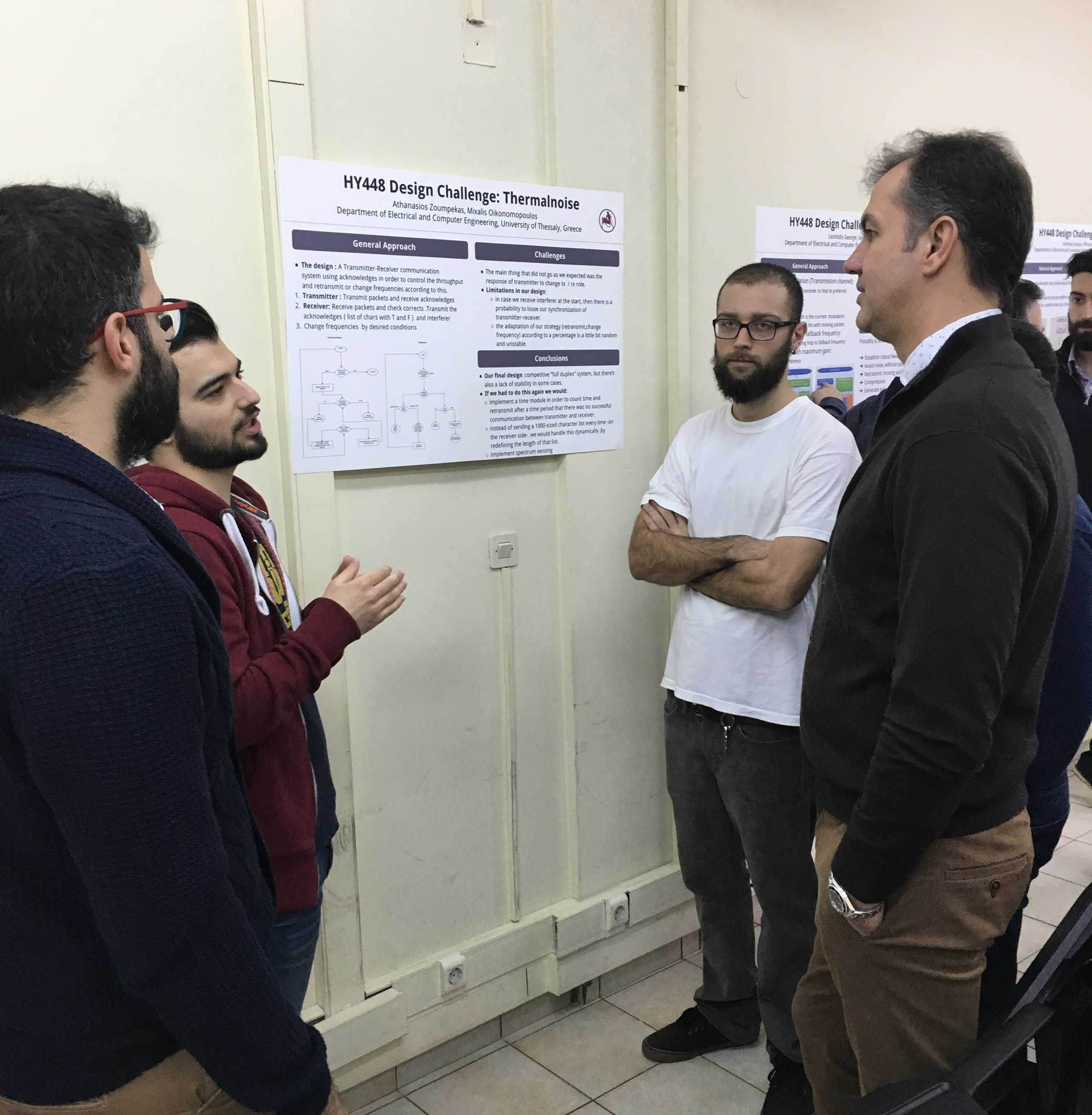

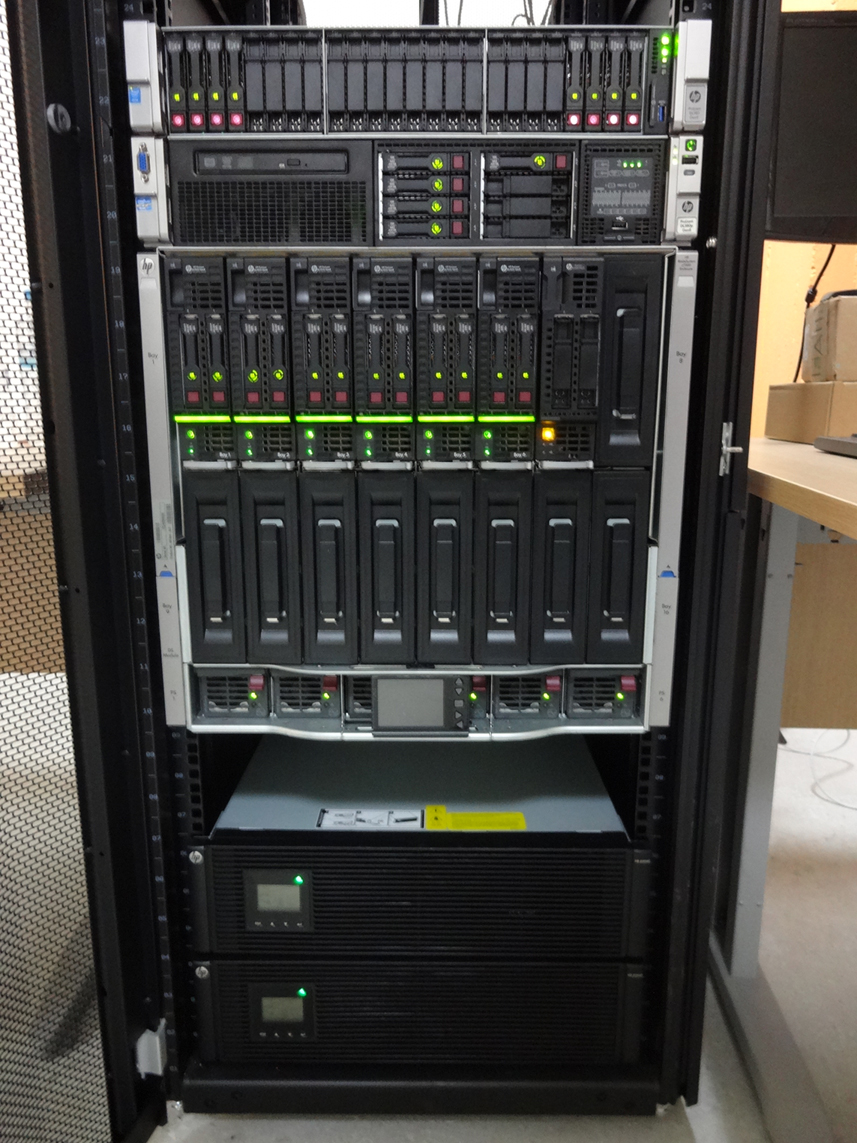 Each blade server has
Each blade server has